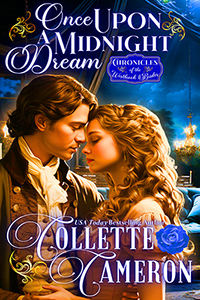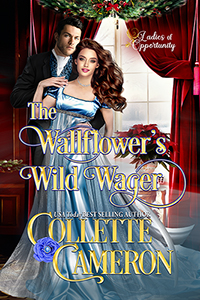| Stonehenge |
I was fortunate to visit Stonehenge many years ago, and the circular formation of those huge stones impacted me in such a way, I’ve never forgotten them.
Over the years I’d heard about other circular stone formations, but it wasn’t until I started writing my current work in progress, Virtue and Valor, set partially in 1818 Scotland I decided to research them.
My Scottish heroine is fascinated with the ancient structures, and naturally when Isobel insists I acquire information for her, I rush to do her bidding. I don’t know about you, but my characters are rather demanding at times.
| Standing Stones of Callanish |
Anyway, I dutifully perused the Internet and came across the Standing Stones of Callanish.
These giant slabs of granite were used to track lunar activity 5000 years ago. I can’t imagine how ancient peoples managed to move something that humongous.
Legend (spread by the Kirk of Scotland) has it that the stones are sinners who committed heathen acts on the Sabbath and were turned to stone as a result.
Cnoc Ceann a Gharraidh (Saint Sandstones) and Cnoc Fhillibhir Beheag are two more structures within the Callanish group and are equally marvelous.
| Rings of Brodgar |
| Easter Aquhorthies Stone Circle |
Another intriguing stone structure is the Easter Aquhorthies Stone Circle. Unlike
the upright, sanding stones of Stonehenge, the Standing Stones of Callanish, or the Ring of Brodgar, the Easter Aquhorthies, like 100 similar formations in Scotland, has a stone lying on its side, hedged by two upright stones. Thought to be about 4000 years old, their use is unknown.
| Serpent Stone |
You’d think with so many of them perched about Scotland, someone would have figured that out by now.
Hubby and I are taking a trip to Scotland in the summer of 2015. You can bet we’ll be visiting some of these amazing sites.


_(9605427).jpg)









